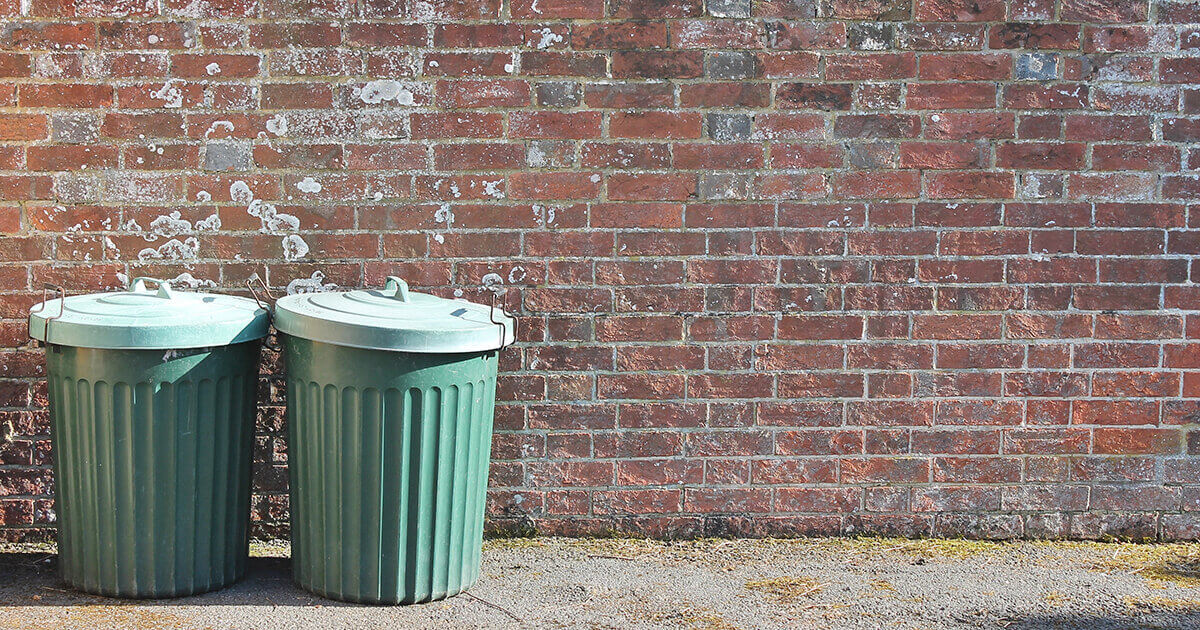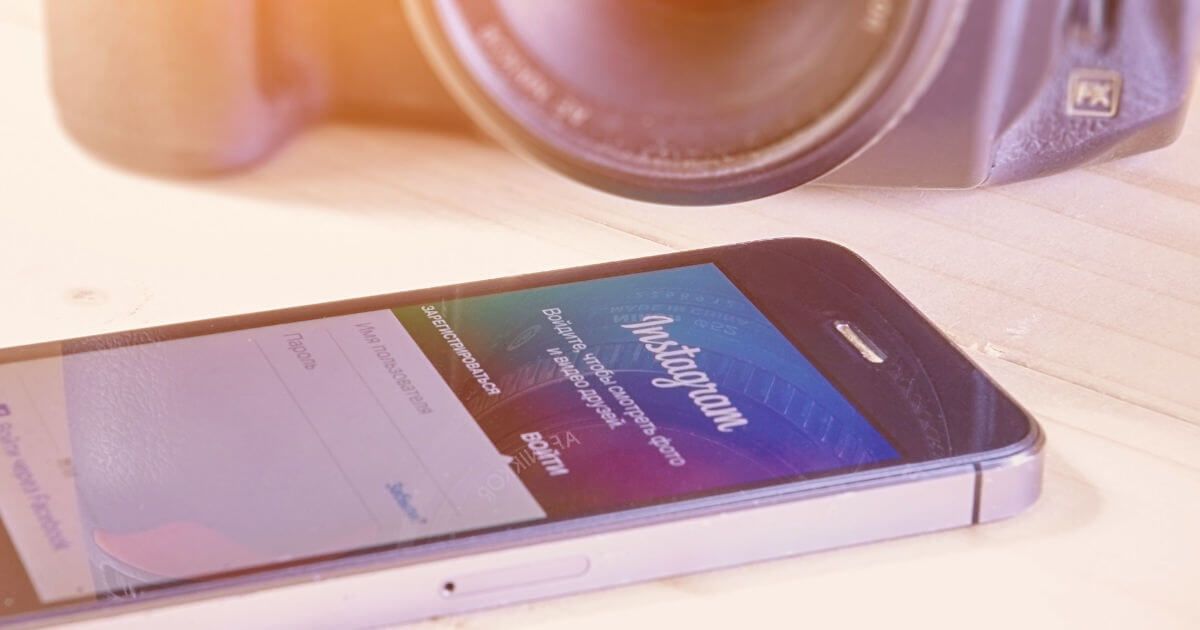How to do a digital detox with these 6 tips
Digital detox is an alternative concept to being constantly available via smartphone, text and other digital means. Giving up digital media for a while could be a good chance to reflect on how much you actually rely on your phone. There are many ways to carry out a digital detox successfully.
What is a digital detox? A definition
For most people, the internet is a constant companion. Many industries heavily rely on the internet for their daily tasks e.g., sending emails. At home, people have their own computer, internet-compatible TV or even a smart home with countless connected devices. In many cases, the ubiquitous smartphone is essential for work and play, ordering food, booking vacations, watching the news, or checking the most important social media platforms. Its capabilities are evolving constantly and although this isn’t necessarily a bad thing, many people are in desperate need of a digital detox, however.
You may have heard of the term “detox” from alternative medicine, where it serves as a generic term for various forms of purification, sometimes used to describe abstaining from alcohol, sweets or other stimulants. In the digital world, the principle works in a very similar way with people consciously deciding to forgo something. When it comes to digital detox, this applies in particular to smartphones, the internet and anything similar. Instead of being on hand constantly, people instead rely on analog solutions during their detox. Many people do it for a short amount of time to get a break, but others choose to do it permanently.
Why is digital detoxing sometimes necessary?
But what makes digital detox so appealing and, in some cases, even essential? In addition to all the undisputed advantages, being constantly available via smartphone can often be problematic. In principle, emails and text messages can be answered anytime and anywhere, even during your free time. The business model of social media platforms means that new content is constantly flowing in, and old posts are quickly being replaced by new ones. So, if you’re not permanently online, you might have the feeling that you’re missing out on the latest news and developments. Besides the welcome distraction, social media also comes with risks.
Trends and beauty ideals, for example, can be quite harmful, especially among young people. Digital frenzies or trolling in particular can really affect those concerned, and they can’t escape because they are constantly checking their phones and seeing what people are saying about them. Doomscrolling is also possible when you spent too much time on your phone. It is a phenomenon that describes a never-ending flood of bad news wherever you look. This can lead to sadness and stress, cause concentration and sleep problems, or in the worst cases, even trigger or exacerbate mental illness. This is where a digital detox can help, as long as it is planned well and then properly carried out.
What are the benefits of doing a digital detox?
Before we give you our digital detox tips, it is worth taking a look at the benefits. With news and information being constantly accessible and available, it’s easy to fall into the FOMO (fear of missing out) trap, which is where users worry that they might miss out on something if they don’t keep an eye on current affairs or read the latest social media post. This feeling is often fueled by providers and businesses because they want you to feel this way. One advantage of a successful digital detox is that FOMO will hopefully turn to JOMO (joy of missing out) and life will be more relaxed.
If you switch off for a certain period of time or even permanently, this can have a very positive effect on your psyche. You will have more time for other things and get the opportunity to take a deep breath and relax. You may find that your perspective on many things also changes, and this is because digital detoxing can help you break ingrained patterns. This does not necessarily mean that a digital detox will solve all your problems or is the right solution for everyone. However, being more aware of your own media consumption and possibly limiting it can lead to a happier you.
What precautions should you take before starting a digital detox?
But how do you even begin a digital detox? Many people will find it hard to go cold turkey and turn off their smartphone or computer and simply not touch them again. This is why correct preparation and often a transition period is important. Luckily no major transition period is needed for some of the digital detox tips we provide later in this article.
For example, make sure that you have sufficient contact with people outside of email and messenger apps. With many jobs, it is impossible to carry out a digital detox, which is why it should be limited to your private time. However, make sure that the two areas don’t get mixed. Plan activities so that you have something to do during your offline time. This will give you something to look forward to and at the same time ensure that your time away from your screen is a success. Without the right planning, the digital detox itself can become a stress factor.
Tips for your digital detox
There are numerous methods you can use to tackle all or part of the detox. Here are a few strategies and tips for your digital detox.
Time without your smartphone
A good time for a temporary digital detox can be while you’re on vacation. Leave your laptop at home and simply put your smartphone in a drawer. This way, you can still be reached, but you can focus on other things and enjoy your vacation more. This approach can be very liberating, but when the vacation is over, you probably won’t notice any long-term effects. This is why it helps to gradually introduce a digital detox into your everyday life. For example, switch your smartphone to flight mode after 8 p.m. or simply leave it at home when you go for a walk.
Areas without your smartphone
The next approach is similar to the first. Decide on rooms or areas where your smartphone isn’t allowed. The dining table, for example, is a good choice. This way it’s easier to enjoy your meal and the company of whoever you’re with. It’s also best to keep your smartphone out of the bedroom. You may also sleep better with an analog alarm clock. If keeping these areas internet-free seems to be working, add a few more places to the list. Refrain from using your smartphone on the way to work, during your lunch break or in the garden.
Minimize app use
As practical and helpful as apps may be in many cases, a digital detox is often necessary precisely because of them. Push messages and their immediateness can create a lot of pressure and stress because these apps are constantly reminding you that there’s some news you haven’t seen yet. You can also simply turn off these functions, but uninstalling them is even better. If you have to enter the website into a browser each time you want to access the app, you will hopefully do it less because it’s so tedious. You’ll soon realize that life goes on even without push notifications.
Switch to analog alternatives
Smartphones are getting more and more impressive with newer and better features. While this is great, it’s also problematic for digital detoxing. Consider analog alternatives to everything digital that you have such as an analog alarm clock (mentioned above), the good old wristwatch, the wall calendar, the simple notepad or window shopping instead of taking part in the ROPO effect effect. The fewer reasons you have for looking at apps and features, the more often your smartphone will stay in your pocket.
Communication and boundaries
However, you will only be able to carry out the digital detox up to a certain point on your own. Those around you should help out and actively support you. You can tell friends and family about your digital detox and let them know that you may not answer their messages immediately. This is not so easy at work, but setting certain limits in the office is also not a bad idea. If an email doesn’t arrive in your inbox until after you’ve clocked off, it will still be there in the morning so simply reply to it then. Private messenger apps should be clearly separated from work ones.
An email address just the way you want it. Create your own email address with IONOS and benefit from numerous security features, your own domain and the right plan for your needs!
Conscious use
Many apps are fun to use, which is why it’s understandable you don’t want to completely forgo using them. With a digital detox you don’t have to. However, be sure to use channels and media with a clear plan in mind. You could achieve this by setting a limit on when or how many times a day you access a social network or use a second screen. Decide on a time of day when you catch up on the latest news and make sure you stick to the time frame. If you catch yourself reaching for your smartphone, ask yourself whether you’re doing this because you want to or need to or simply out of habit and boredom.
Are there apps for digital detoxing?
Believe it or not, but you can actually use your smartphone to support your digital detox. There are special apps you can use to regulate your smartphone use and make its use more meaningful. The following programs are recommended, for example:
- Screen Time and Digital Wellbeing: The two most popular mobile operating systems have their own apps that control your smartphone usage. With Screen Time for iOS and Digital Wellbeing for Android, you can, for example, limit certain programs, mute notifications, or set reminders for when you should be sleeping. Both apps are already pre-installed.
- QualityTime: QualityTime lists exactly how many minutes you spend on each app per day. You can then set limits and even set a break time. During this time, you can still receive calls, but you can no longer access any apps.
- OFFTIME: With OFFTIME you can make individual adjustments from the beginning of the detox. The app asks you which functions you need throughout, and which aren’t needed during your digital detox. OFFTIME limits or disables access to these programs. You also have the option to take a time-out together with other users.
- Forest: Stay focused: Do a digital detox and do something good for the environment at the same time? This is possible with the Forest app. You can set the amount of time you don’t want to use your smartphone for and watch a plant grow during this time. However, if you access another app during this time, the plant will die. In the paid version, an actual living tree gets planted in your name.





